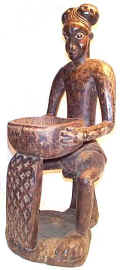 |
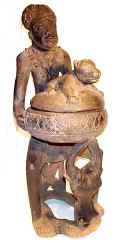 |
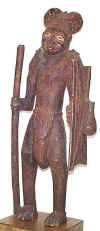 |
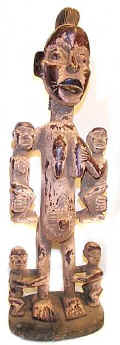 |
|
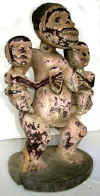 |
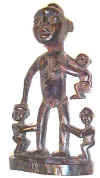 |
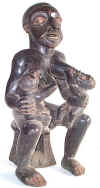 |
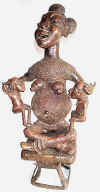 |
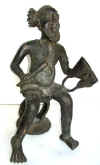 |
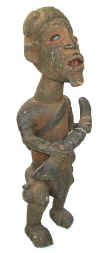 |
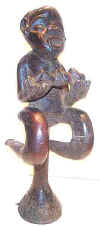 |
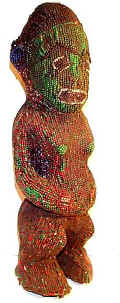 |
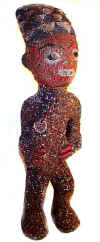 |
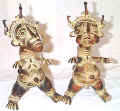 |
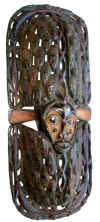 |
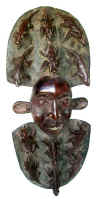 |
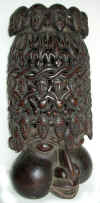 |
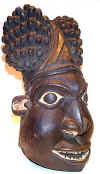 |
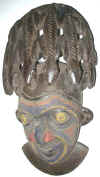 |
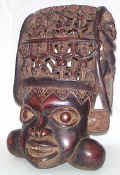 |
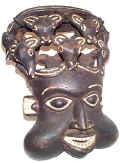 |
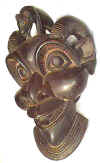 |
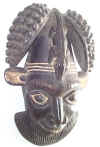 |
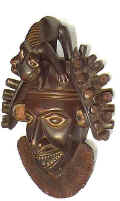 |
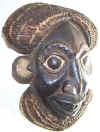 |
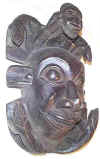 |
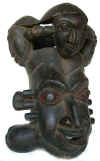 |
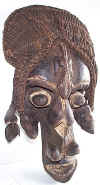 |
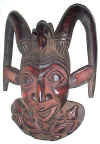 |
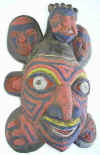 |
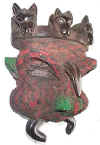 |
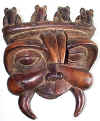 |
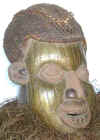 |
|
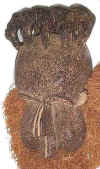 |
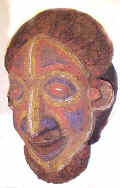 |
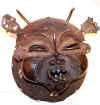 |
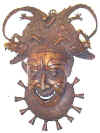 |
|
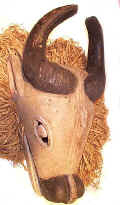 |
 |
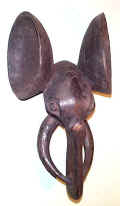 |
 |
 |
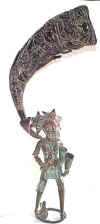 |
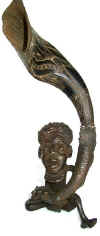 |
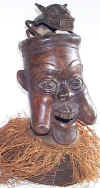 |
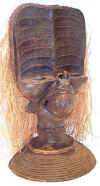 |
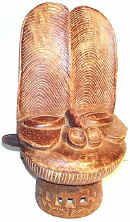 |
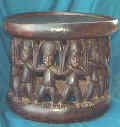 |
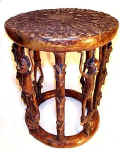 |
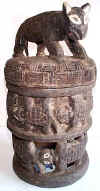 |
 |
 |
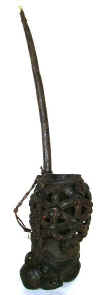 |
 |
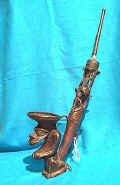 |
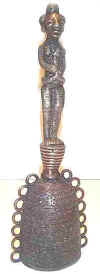 |
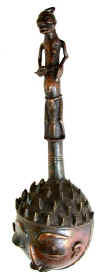 |
 |
 |
 |
 |
 |
|
|
TRIBAL AFRICAN ART
The
Grassland was divided into ninety kingdoms governed by a king, the fon, supported by non-secret societies. In the
past, he was believed to be endowed with supernatural powers that allowed him to change
into an animal – an elephant, leopard, or buffalo. He ensured the protection of his
people and guaranteed the fertility of the fields and the fecundity of the women. The fon was responsible for rituals of planting and
harvesting, for the annual festival of the dry season, for the opening of the collective
royal hunt, and for expeditions of war. The fon
was appointed by his predecessor, who chose him from among his direct heirs, excluding the
eldest. Art
objects were symbols of position in the hierarchy; their number, the materials from which
they were made, and their iconography changed progressively as one descended or ascended
the social ladder. Competition among sculptors was often great, for the artist’s
“office” was not hereditary. Sculpture’s goal was to commemorate and
celebrate the royal ancestors of the present fon.
In the fon’s palace, next to the ancestral
figures and the masks, one would also find headdresses, beaded thrones, bracelets,
necklaces, pipes, leopard skins, elephant tusks, swords, commanders’ sticks, fans,
dishware, horns, and terracotta bowls.
In Bamileke (Mbalekeo, Mileke) territories, the fon entrusted the guardianship of the sculptures to certain members, for to spread around portions of the treasury was an insurance against the frequent fires. Masks that elicit fear and apprehension are the work of societies responsible for repression. In spite of the ethnic and stylistic variations found in the Grassland area, similar types of mask have been produced. All young boys belong to associations based on age classes, covering periods of five years each, focusing on military and technical apprenticeship. The various societies also had their masks; some of them, according the tradition, had been created and consecrated by the ancestors themselves, others inspired great fear, there were masks decorated with beads, copper, and cowrie shells. Most of the kingdoms used the buffalo, stag, elephant, birds masks, and masks presenting male and female human heads. They are usually worn during state ceremonies such as the funeral of an important dignitary, or during annual festivities. During these ceremonies, the leading dancer wears a n’kang mask which bears a false beard, a coiffure split in two symmetrical parts and is often covered in royal paraphernalia such as cowrie shells and beads. The n’kang mask is followed by other masks representing a woman, a man or an animal. The buffalo and elephant masks represented strength and power, and the spider mask, intelligence, but most of the meanings are now lost.
Bamum (Bamoum, Bamoun, Bamun, Banun, Mom, Mum, Mun) social life was oriented toward the conquest of surrounding chieftainries, and forays were made into neighboring lands: from this stems a warrior mythology and an abundance of material symbols of strength. The Bamum produced large figures encrusted with beads and cowries. Noteworthy elephant heads cast in bronze. There are also: dance masks in the form of a long head and a high neck, also in animal-head form; footstools and thrones decorated and supported by animal or human figures. In the small kingdom of Bangwa, the heads of statues and masks feature puffed-out cheeks. The very characteristic sculpture in the round attains its apogee in a depiction of a horn-player who wears traditional headgear in the shape of a tiara; the thick double arc of his eyebrows overhang, and the mouth is treated in parallelepipedal relief under a heavy nose featuring well-shaped nostrils.
The wood used for masks is not always completely hollowed out, for the mask does not cover the face of the wearer but rather tops a kind of bamboo cage surrounded by a tufted collar of palm fibers, which conceals the head. These masks, instruments of societies with political, administrative, judicial, or theatrical functions, were kept in special storage houses; they were brought out at the first rainfall. Then, the king himself would appear masked and dancing. The buffalo joins the leopard, elephant, and two-headed python as an image of royal power is frequently found in the decoration of works from the region.
A large number of prestigious items of paraphernalia were produced within the Grassland area, including large house-posts, door and window frames carved with human and animal figures, thrones, stools and tables decorated with small heads and figures, large bowls, carved horns for royal feasts, anthropomorphic terracotta and bronze pipes. Musical instruments such as anthropomorphic and zoomorphic drums, as well as metal gongs, were played during royal and state ceremonies.